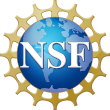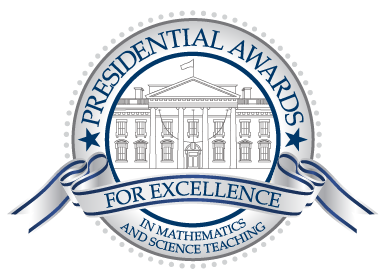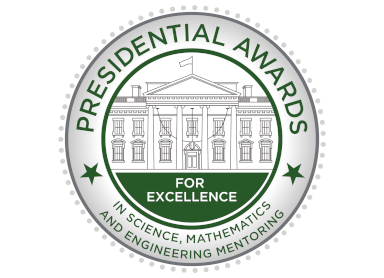Stephanie Nowak
Mentor, OH | K-6, Science, 2020

What motivates you to contribute to excellence in STEM teaching?
STEM teaching engages learners. It often creates more questions then it answers, keeping students wondering and searching for different solutions to problems. It promotes critical thinking and is easily integrated across content areas, keeping content connected which enables students to make connections.
What has been the most transformative moment that affirmed your impact on STEM education?
Every year our PTA gives a scholarship. This year a past student shared her experiences in my classroom, and how she loved learning about bats, reading about famous women scientists, and engaging in hands on learning. She is pursuing a degree in Biology, and stated her love for science started in third grade. I have also had students, colleagues, and parents share their enjoyment of lessons in my room. STEM education can make the curriculum come alive. When students are engaged in this manner everyone benefits.
Using your platform as a Presidential Awardee, how do you hope to advance our nation in STEM?
As a Presidential Awardee I continue to advocate for STEM on the state and national level. In order to advance our nation in STEM, students need to be exposed to learning that promotes critical thinking, problem-solving, and creativity. Engaging in this type of learning within the classroom requires students to utilize teamwork and communication skills that will be necessary for future success in various careers. STEM education will advance nation. It starts with our children.
Biography
Stephanie Nowak is an elementary educator and has served for 32 years. She teaches for Mentor Public Schools, currently teaching all fourth grade subjects at Fairfax Elementary School and prior to that, third grade for 23 years at Rice Elementary School. She has worked with the Ohio Department of Education as a leading member for both the Science Model Curriculum Development team and the Science Regional Leader Network. Stephanie is passionate about integrating the process of science to promote collaboration, problem solving, and creative thinking across subject areas. It is important for students to understand that everything is interconnected. Our actions have results. Those actions have the power to impact our future. Stephanie has presented on a variety of topics at national- and state-level conferences. Most recently, in response to educating during the pandemic, she presented a webinar “The Tale of Two Teachers” for the Ohio Department of Education, showcasing her creation of a digital notebook to organize, engage, differentiate, and assess students using a specific learning platform. She has presented at NSTA conferences on Blending Literature and Science with Technology, Evidence Centered Design, Integrating Technology into the 5 E Learning Cycle, and project-based learning (white nose syndrome in bats). Stephanie holds a B.A. in childhood education from Bowling Green State University and a Master's degree in curriculum and instruction from Ashland University. She is working on her administrative license at Ursuline College. She has her master teacher endorsement. Stephanie was honored with the Lubrizol Science Teacher of the Year in 2014 and the Excellence in Teaching from Mentor Schools in 2008. She is certified to teach kindergarten through eighth grade.
High-resolution version of the official portrait photograph
Awardee with Dr. Quincy Brown, Senior Policy Advisor at the White House Office of Science and Technology Policy (OSTP) and Dr. Sylvia Butterfield, Acting Assistant Director at the Directorate for Education and Human Resources (EHR) within the National Science Foundation (NSF)
High-resolution version of the teacher profile photograph
The views expressed in awardee profiles are those of the author and do not necessarily reflect the views of NSF or the PAEMST program.



